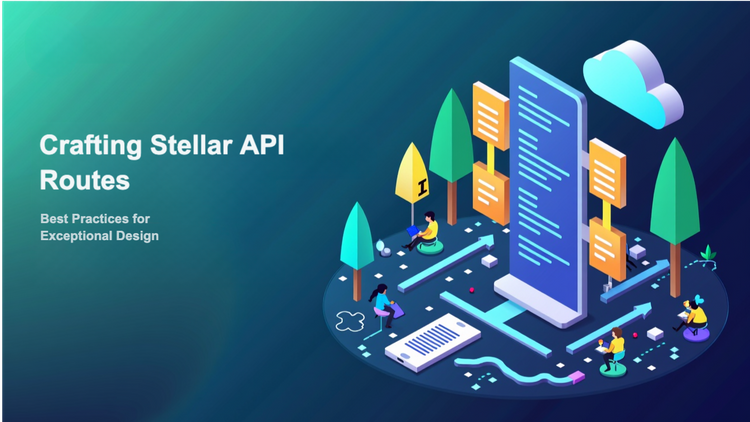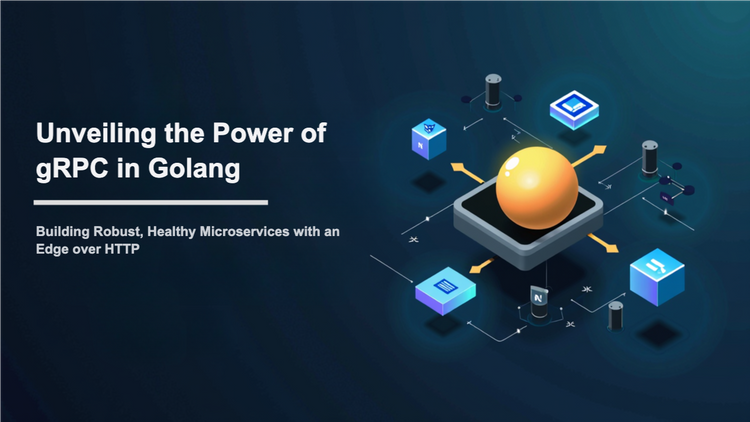Monolith First: A Pragmatic Approach to Microservices Architecture
In the realm of software development, it is absolutely crucial to prioritize the selection of the most suitable architectural style. This decision holds immense significance as it directly impacts critical factors such as scalability, maintainability, and ultimately, the overall success of a project. While microservices architecture has undeniably garnered considerable attention for its focus on independent services, it is imperative to acknowledge that opting for a monolith-first approach can often be the most pragmatic and efficient strategy.
The Benefits of Starting with a Monolith
While starting a greenfield project with a microservices architecture might be tempting, it's crucial to consider the complexities and challenges that come along with this approach. However, opting for a monolith in the initial stages of development offers several advantages that should not be overlooked.
- Simplicity and Focus: Developers find monoliths advantageous because they offer a well-organized codebase, enabling them to comprehend the application's overall structure with ease. This allows developers to prioritize the development of core functionalities more effectively.
- Reduced Complexity: Monoliths simplify the development process by removing the complexities associated with distributed systems, such as inter-service communication, service discovery, and fault tolerance.
- Faster Development Cycles: Developers can achieve quicker iterations and more efficient feature testing by utilizing a monolith architecture. This allows for rapid prototyping and facilitates early feedback, creating a more streamlined development process.
- Reduced Deployment Overhead: Managing a single codebase is much simpler than handling a collection of microservices. This leads to lower operational overhead and makes the development process more streamlined.
The Essence of a Modular Monolith
A modular monolith application embodies the principles of modularity within a monolithic architecture. It encapsulates the application's functionalities into distinct, well-defined modules, promoting code organization, maintainability, and future scalability. This approach strikes a balance between the simplicity of a monolith and the flexibility of microservices.
Key Characteristics of a Modular Monolith
Understanding the key features that differentiate a modular monolith from a traditional monolith is crucial. Let's delve into these distinctive characteristics and explore their significance.
1. Clear Module Boundaries: Every module in our system is designed to encapsulate a specific business capability or functional area. We make sure that these modules have clear boundaries, which prevents interdependencies and promotes proper encapsulation.
2. Loose Coupling: Defined interfaces between modules allow for seamless interaction, minimizing any direct dependencies. This, in turn, enables independent development and testing of each module.
3. High Cohesion: The modules in this program are designed to have a clear and specific purpose. This ensures that they are well-organized and easy to comprehend, update, and test.
4. Module Independence: Modules are designed to be self-contained, allowing you to develop, deploy, and scale them independently. This gives you the flexibility needed for future migration to microservices.
Benefits of a Modular Monolith Approach
Choosing to adopt a modular monolith approach brings numerous advantages.
1. Improved Maintainability: Organizing code with well-structured modules is crucial. It reduces complexity, making it easier for developers to understand, modify, and debug the codebase effectively.
2. Enhanced Scalability: When you scale modules independently, your application becomes more responsive to changing workloads and growth. This sets the stage for future adoption of microservices, allowing your system to evolve and expand efficiently.
3. Simplified Microservices Migration: The modular structure offers a straightforward path to adopting microservices. It allows for seamless extraction and transformation of modules into independent services, minimizing any potential disruptions.
4. Reduced Development Risks: Begin with a modular monolith to minimize the risks linked to adopting microservices. This approach allows teams to prioritize essential functions and address distributed system complexities later on.
Laying the Foundation for Microservices Migration
Follow these guidelines to create a modular monolith with a seamless migration path to microservices.
1. Define Clear Module Boundaries: Identify and define module boundaries with care, ensuring they align with business capabilities and functional areas.
2. Enforce Loose Coupling: Ensure that modules within your system have minimal direct dependencies. Instead, opt for well-defined interfaces like APIs or message queues to facilitate communication between them. This approach will improve the modularity and flexibility of your system.
3. Promote Module Cohesion: Make sure that each module in your project has a clear focus on a specific task. This will help simplify the overall complexity and make it easier to maintain in the long run. High internal cohesion within each module is crucial for achieving this.
4. Emphasize Module Independence: Ensure that your design modules are self-contained and have the ability to be developed, deployed, and scaled independently.
5. Utilize Module Versioning: Make sure to implement module versioning in order to effectively track changes and enable independent development and deployment. It's a crucial step that will greatly enhance your workflow and ensure smooth collaboration among teams.
6. Embrace Continuous Integration and Continuous Delivery (CI/CD): To ensure a smooth transition to microservices, it's imperative that you incorporate CI/CD practices into your workflow. By automating module testing, deployment, and integration, you'll streamline the entire process.
When to Consider Microservices
Transitioning to microservices may be necessary in certain scenarios as the application continues to grow in size and complexity.
- Scalability Challenges: Microservices offer a convenient solution when you need to scale a specific component of your application due to increased demand. With microservices, you can scale independently without any impact on the rest of the application.
- Maintainability Issues: Maintaining a monolithic codebase can become increasingly difficult as it grows. However, you can improve maintainability by embracing microservices and breaking down the application into smaller, more manageable units.
- Technology Heterogeneity: With microservices, you have the flexibility to use various programming languages and frameworks for different components. This allows you to meet specific requirements and leverage the expertise of your team more effectively.
- Agility and Innovation: Microservices architecture is a powerful tool that enables faster release cycles and promotes experimentation. This allows teams to effortlessly adapt to evolving market demands and technological advancements, ensuring they stay ahead of the game.
A Monolith-First Approach: A Smart Investment
Beginning with a monolith is a smart choice when starting an application. It provides a strong base to build upon, allowing developers to concentrate on vital functionalities and user requirements without being overwhelmed by the intricacies of distributed systems. As the application progresses and new challenges emerge, a well-designed monolith can serve as a platform for effortlessly transitioning to microservices if needed.
Conclusion
To sum up, adopting a monolith-first approach is a practical and efficient strategy for software development, especially in the initial phases of an application's life. By beginning with a monolith, teams can prioritize developing essential features, facilitate rapid iterations, and delay dealing with the intricacies of microservices until they are genuinely required. This approach guarantees a seamless and effective path towards creating a scalable, maintainable, and prosperous application.





